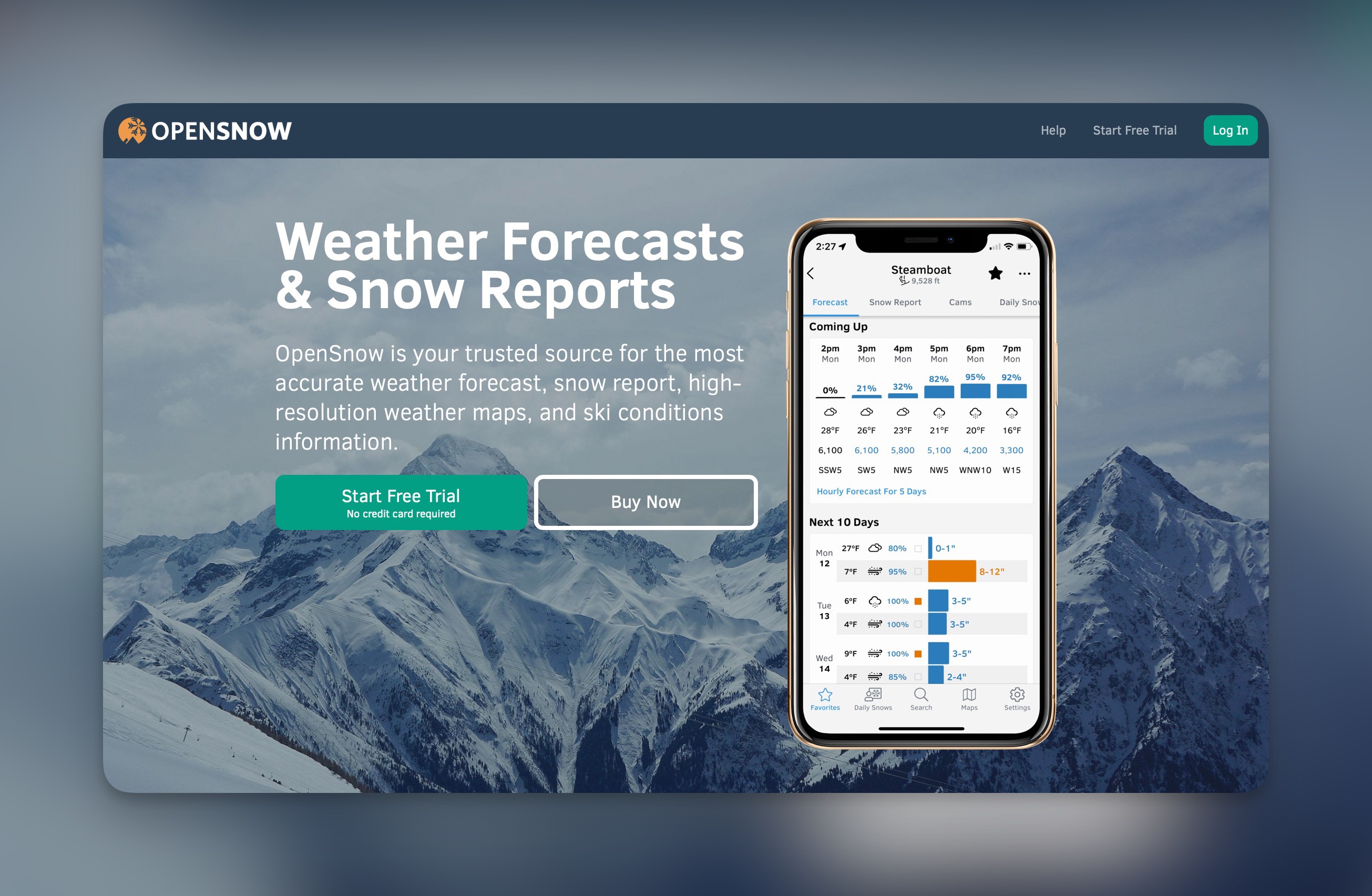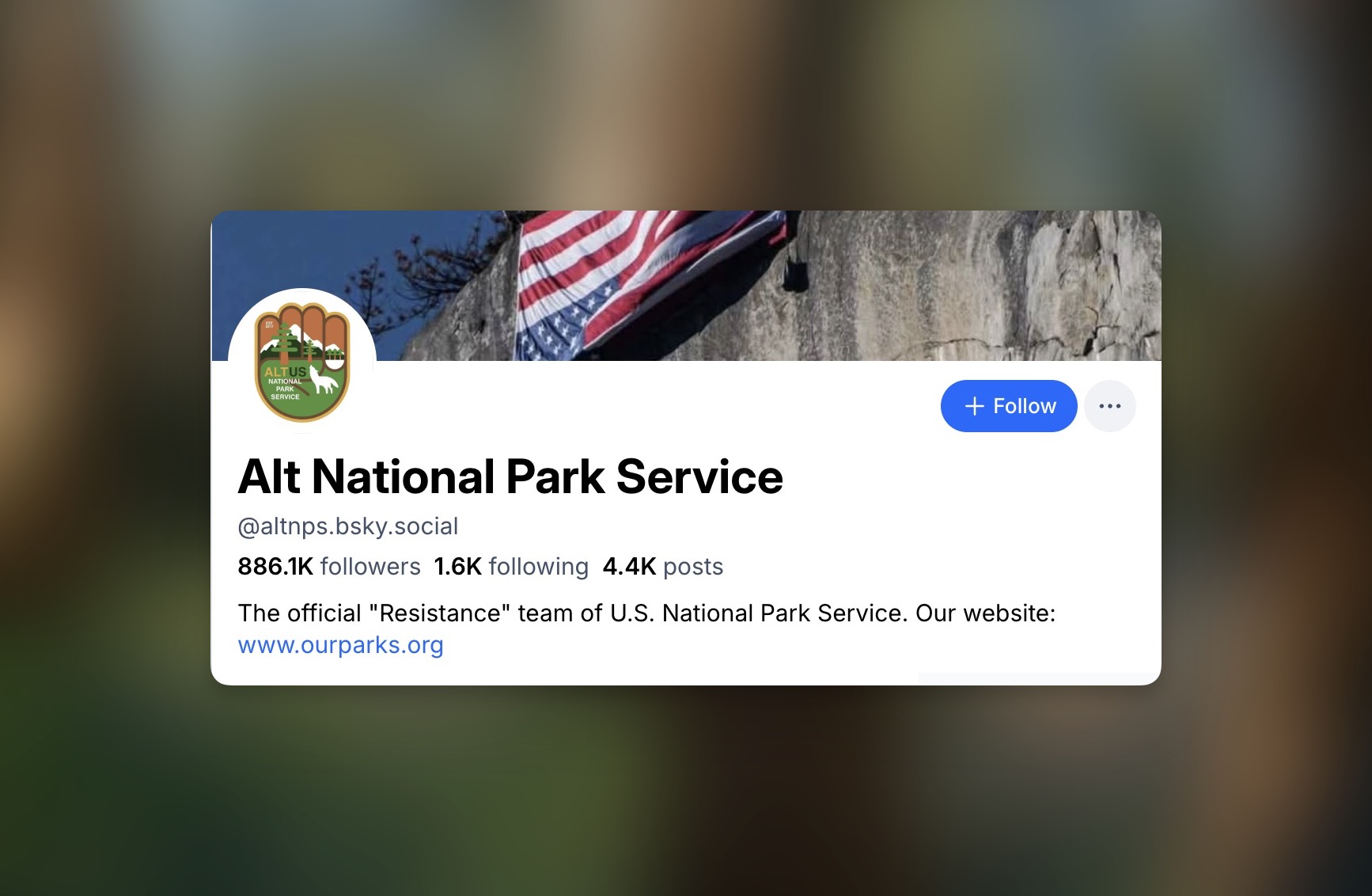Shortly after I moved to Boulder in 2015, I went to a talk at Neptune Mountaineering featuring Joel Gratz, the founder of OpenSnow, a popular snow forecasting service that I’ve used for many years. Since its inception in ~2011, OpenSnow has grown to serve millions of skiers and snowboarders each winter. It’s a product that I happily pay for, and it was a pleasure to chat with Joel this week about his journey.
Kyle: Ok, let’s maybe begin with a bit of background on how OpenSnow got started.
Joel: I was into meteorology since I was a little kid, and went to school to study meteorology. When I moved to Colorado, I fell in love with powder skiing but quickly realized that it’s actually pretty challenging to find really good powder. So, initially I was trying to answer the question of where the best snow is going to be for myself and my friends.
At first, I sent out an email once or twice a week to my friends, and then my friends’ friends, and then it just kept growing. For a long time I was just sending emails out via Gmail, so I had no idea how many people were actually on the list or opening emails. Then at some point I switched to Mailchimp, realized how big the list was and that the open rate was hovering around 50%.
K: Which is actually a fantastic open rate.
J: Well, now I realize that, and we’ve held that open rate plus or minus for 15 years, which is pretty amazing. But back then I didn’t realize that that was really good, and I was appalled that half of these people that asked me to be added to their email list weren’t opening emails. And these weren’t people just clicking a button to subscribe, they had to actively email me to get added to the gmail list.
K: When did you go full time?
J: We officially launched Open Snow in 2011; I was doing it on nights and weekends and it was three or four years before I went full time. But it was enough time to say, ok, there’s enough people here, this might be a business. I didn’t write my first email and take a leap, it was a leap after years of having a day job and building an audience of thousands of people that seemed loyal and interested in opening every email.
I can talk about all the usual things, like traction, community, interested advertisers, and an analog business model (Surfline). But one of the most important factors to note is that I knew if my savings ran out and this whole thing failed, my dad would ensure that I wasn’t living on the street until I got a new job. I always like to put that out there because I need to acknowledge that somebody had my back, because this stuff is hard.
K: How big is the team now? Both on the forecaster side and then on like the operations and development side?
J: We have 10 full time people and 10 contract forecasters in the winter. We’re in the fortunate position to have been able to hire a few folks all on the technical side to fix previous single points of failure.
I don’t ever brag to people that OpenSnow is successful because we hired X number of people. None of that matters to me if we have a good product and it’s stable and it’s repeatable. But, the business is now big enough that a lot of people are relying on us and it’s not responsible to have things break down if one person hurts themselves skiing and can’t work for three months.
K: And you’ve never raised outside capital, correct?
J: We never raised any growth capital. We started all of this with savings and then plowed the profits back into the business. All the hires were done through reinvesting profits and it’s taken a long time. I started forecasting 15 years ago and officially started OpenSnow 12 years ago. Nothing has happened overnight. We’re not on the VC path, or the private equity path or something like that. But, it’s a path that works for us, and that’s probably the most important.
It’s funny, I give 10 to 20 community talks every year and inevitably a few people are surprised that this little blog is my full time job. On the other hand, I get emails weekly from private equity firms and tech investors who are shocked that we’re a team of only 10 people.
K: You put progressively more of OpenSnow behind a paywall in the last few years, how has that affected the business?
J: So, a couple of stories about that. 10 years ago we were advertising only. I had the owner of an advertising agency reach out to me after he saw a talk I gave and said we want to advertise all over your website. So I called him the next day and then the story totally changed. That was when I realized we really needed a revenue stream in addition to advertising. That was the start of our subscription offering.
December 2021 was when we really tightened up the paywall. We looked at the numbers, and thought, you know, we’ve been doing this for a decade, I think people really like us, I bet a lot more are willing to pay, and we could put that money into building a better product. And 10 years in, I was much more comfortable with receiving a handful of negative emails than I was 10 years before. When we tightened the paywall, we converted orders of magnitude more people compared to the number of negative emails. Some people emailed in and were mad, but I explained to them that if folks pay we can do much cooler stuff and a lot of them emailed us back, were surprised that a real person responded to them, and wound up becoming paying subscribers.
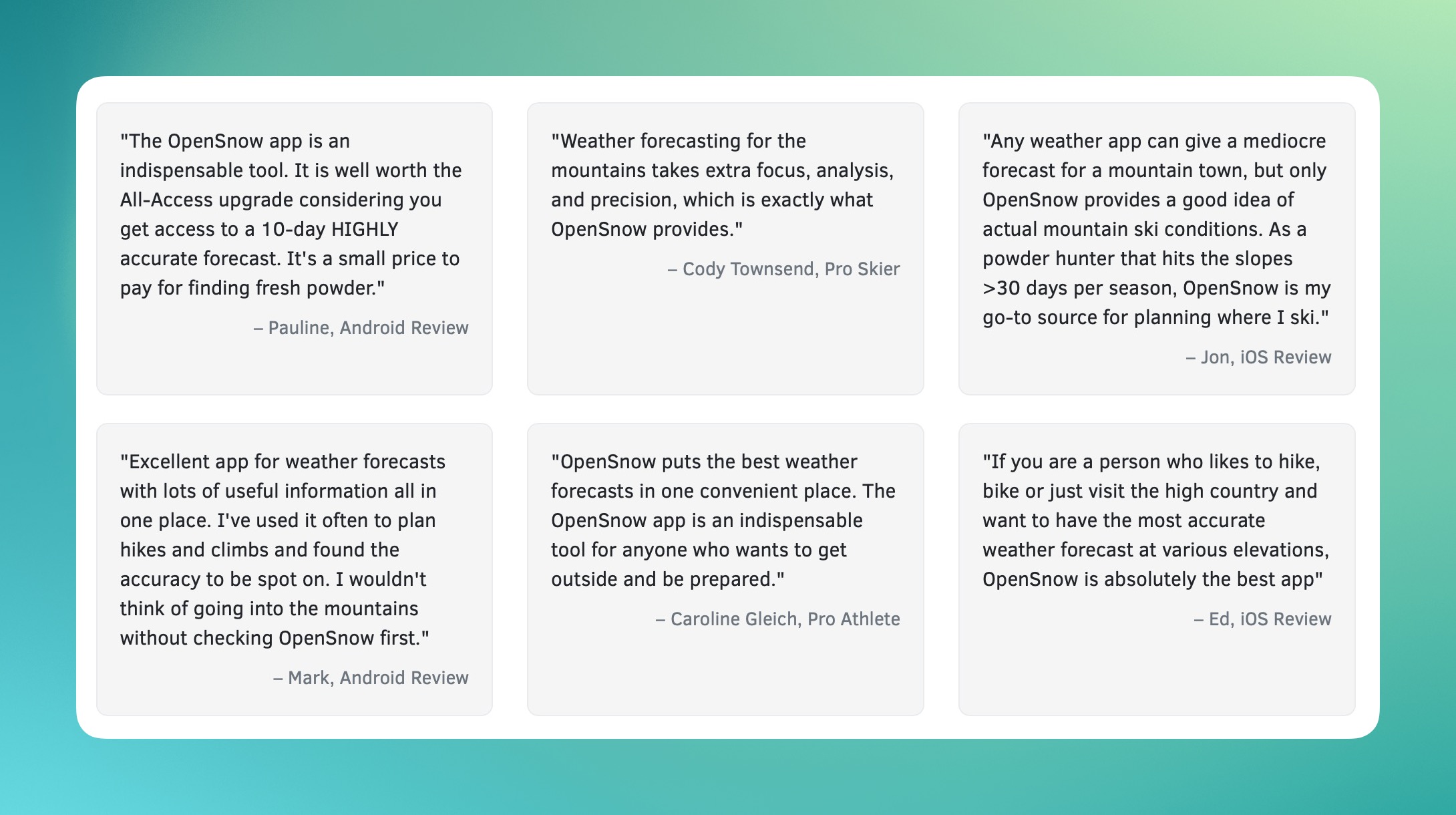
K: Right, I do think that there is a lot of power in still feeling small and having some level of personal connection –here real people behind this. I think a problem that companies like Strava sometimes have is being a massive faceless entity.
J: Strava is one I never paid for until they tightened the screws on the paywall. Initially I was like “I don’t need this” and got kind of pissed off at the changes. Then the next day I was about to go on a bike ride with my son and I opened up Strava and I thought, “Oh my gosh, I am using this more than any other app”. So, I signed up since it is a good service thinking that I enjoy it and I might as well pay for it.
K: Do you have any kind of personal convictions about how to do product development? At least from the outside, improvements to the app and site have felt very deliberate and thoughtful.
J: Our feature set has never been driven by metrics. It’s about taking 18 different tabs with a ton of snow and weather information from different sources and making it usable and digestible. It should make sense to somebody in five seconds versus having to tap 14 times. I don’t know if there’s magic to that – my magic is simply staying up late at night staring at a bunch of things and every once in a while I get some semblance of an idea that I sketch out and after a couple of days of doing this, it sometimes leads to a useful new feature and a reasonable UI.
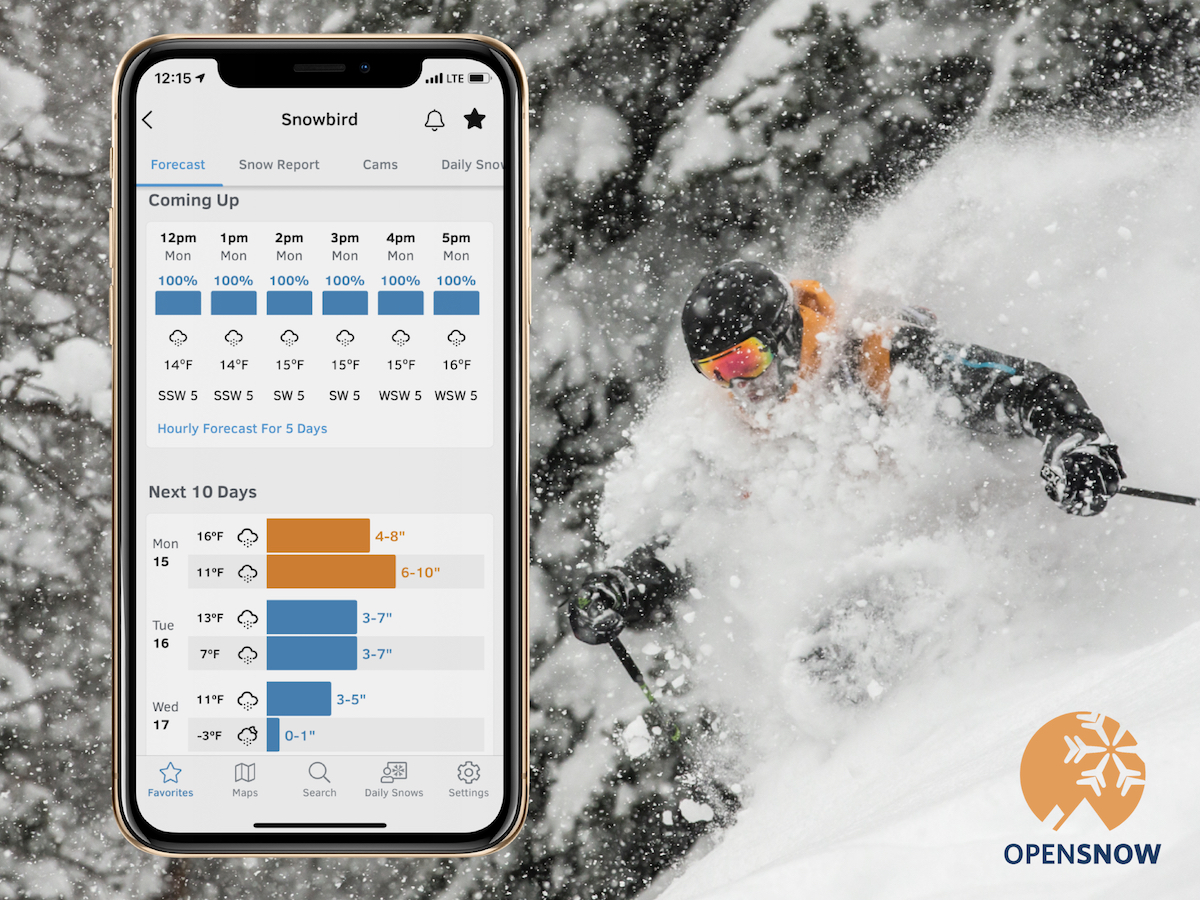
K: How do you reconcile feature sets for different types of users, say the infrequent skier just looking for what the snow is going to be like in Aspen vs the more detailed, frequent, snow-obsessed skier?
J: Yeah, that’s definitely a challenge. I think the interesting thing is that at least in the outdoor space it doesn’t need to be a winner take all situation.
There are enough people in the outdoor space that if you run the business model right. You can have a profitable and growing business, even if you’re not trying to take over the world. We might not have all 2 million skiers in the United States or tens of millions of skiers in the world, but we don’t need all of them to build a great business. Maybe years down the road we’ll have a different take on this, but for now, I am very pleased where we are.
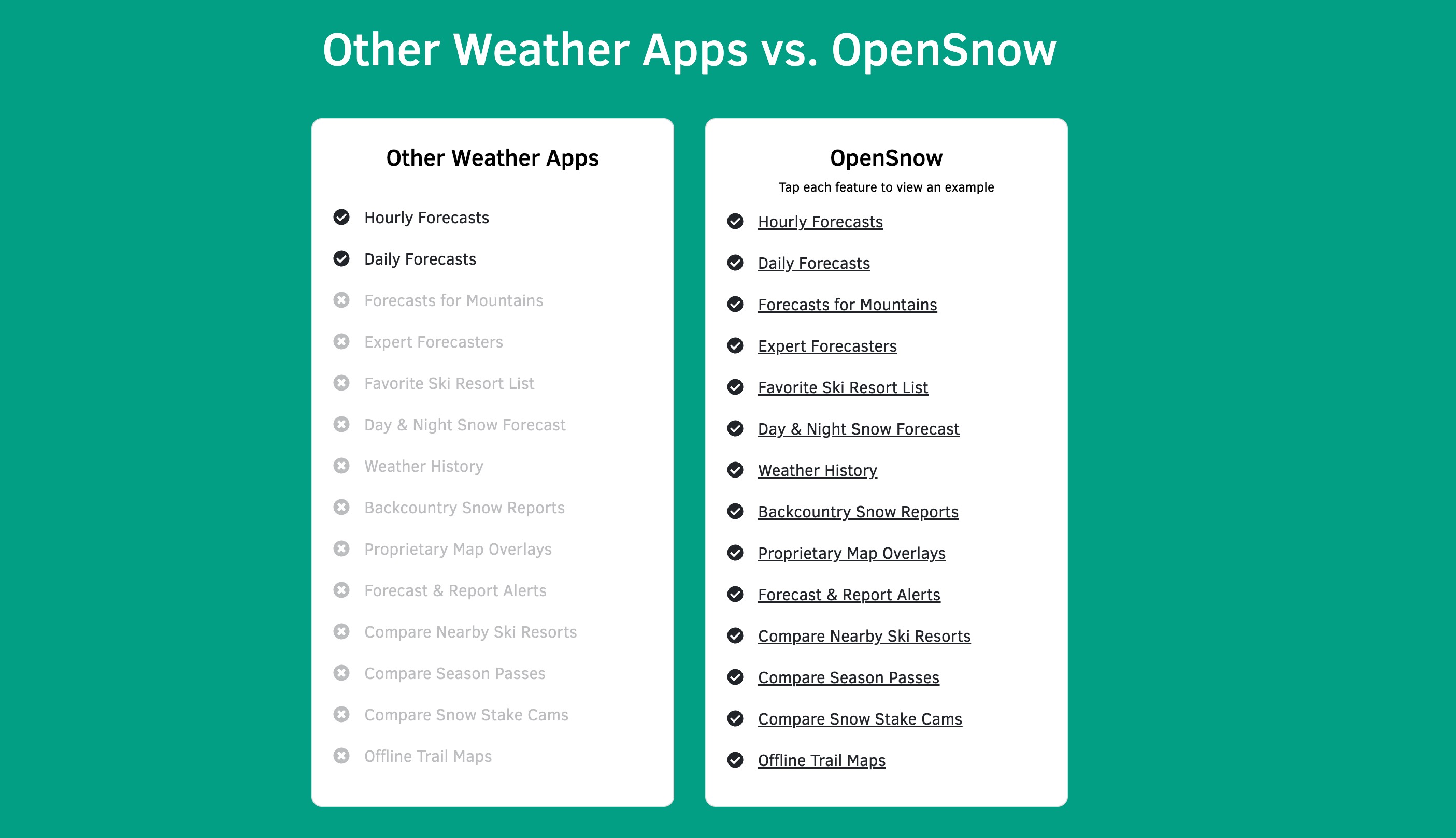
K: I guess on that note, was launching and then shutting down OpenSummit a learning experience around your audience and focus?
J: When we started OpenSummit, it was more following the model of hiking project/Mountain Project where you’re essentially re-skinning similar data. We thought that somebody hiking a 14er in the summer might not be a hardcore backcountry skier, so we should build a different product for them. The challenge we ran into was instead of three platforms (iOS, Android, and web) we now had six platforms (three platforms X two brands)…and for a small company that was just too much.
It’s made me a lot more thoughtful about when we launch something or do something. You have to think about the downstream ramifications. Not just launching, but potentially shutting down and having to figure out how to handle data, user accounts, and so on. We are merging OpenSummit back into OpenSnow. If we continue to grow our four-season business, with people using us year-round for local weather and non-snow adventure weather, at some point, we might have a naming issue, but that will be something to potentially deal with down the line.
K: That was going to be my next question. Does OpenSNOW pigeonhole you a bit?
J: We might have a naming issue. But I can’t focus on everything all the time. That’s a down the road problem. I am going to focus on our road map for the next year and a half and get all this stuff out there. And if at some point we come up with a clever way to rename or reskin that makes sense, we’ll do it.
K: What do you think the biggest challenge is for OpenSnow in the next 12 months?
J: I think internally our biggest challenge is maintaining product momentum. As we’ve added more developers, the desire to go back and refactor is greater and greater. Don’t get me wrong, we now have the resources to refactor things we’ve been wanting to, but we also need to ensure that we balance that with pushing forward and not getting bogged down.
K: I’ll close this out by asking what the future holds for OpenSnow, what success looks like for you, and if there’s anything that people should know about OpenSnow that they might not.
J: I’d like to better highlight the people that are working on OpenSnow every day behind the scenes. Our early audience came to read the daily snows and the local forecasters, but that’s flipped in recent years. Many people that started using OpenSnow more recently tend to focus on the automated summary forecast screen. And that’s awesome, because we’ve taken the human forecaster’s knowledge and infused it into the algorithms that we use to create the weather data, so in a sense people seeing our automated products still get the value of the local forecaster. However, I think there’s less understanding by the newer cadre of people that there’s a real team working behind the scenes.
Some people ask me what success looks like. Maybe this is an unconventional answer - I feel we have achieved success. We built a product that helps millions of people every year. And we have a team that we employ full-time and part-time that is earning a living from this, that enjoy their job and the product that they are building. If this business evaporated tomorrow, obviously I would be heartbroken, but also would know that through hard work, plenty of luck, and a lot of people helping along the way, myself and our team were able to ‘live the dream’ so to speak for 15 years, running a profitable, successful business, on our schedule, doing things that we love to do. I understand how rare that is, and how fortunate we are.
Looking forward, I’m thinking about how to continue improving access to weather data and stay market leading in our niche. I think we have another two ish years of really cool weather products to develop – things that are in my head that just aren’t in open snow or kind of in the public in an easy way yet. After that, I’m sure we’ll have more product ideas or ways to make OpenSnow even more useful, but I don’t want to think too far ahead since the future is pretty hard to predict :-)
